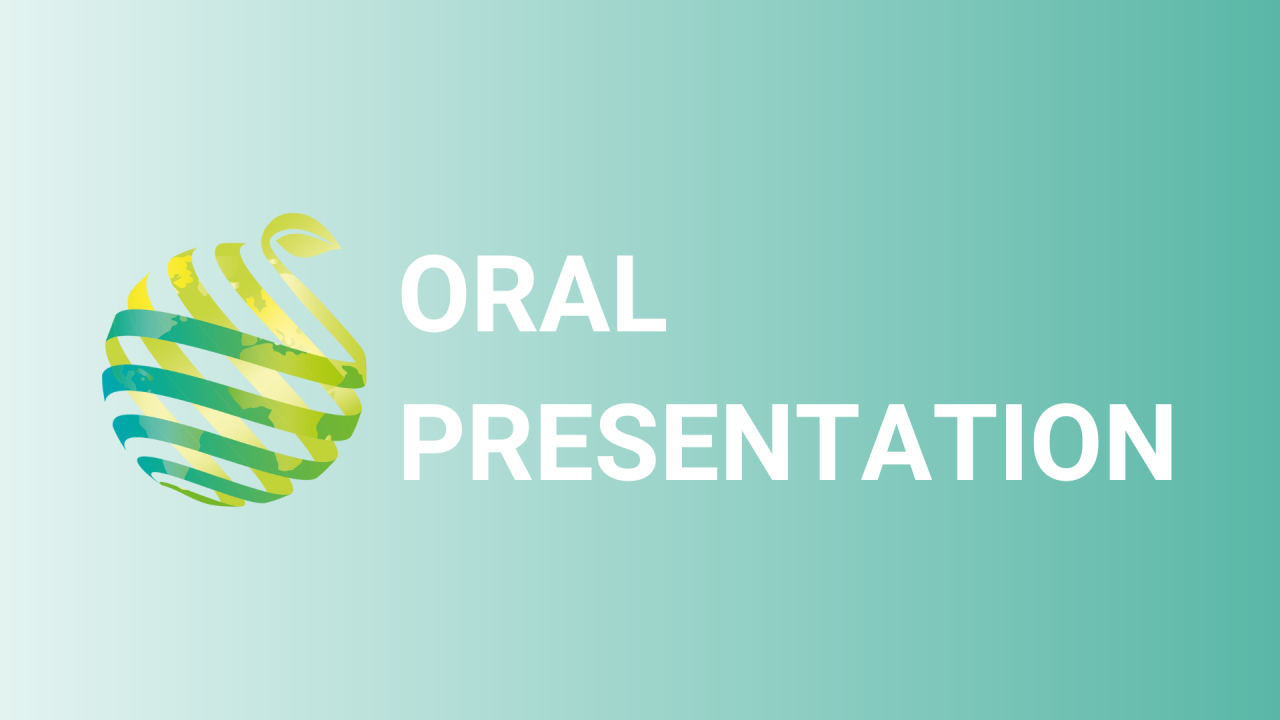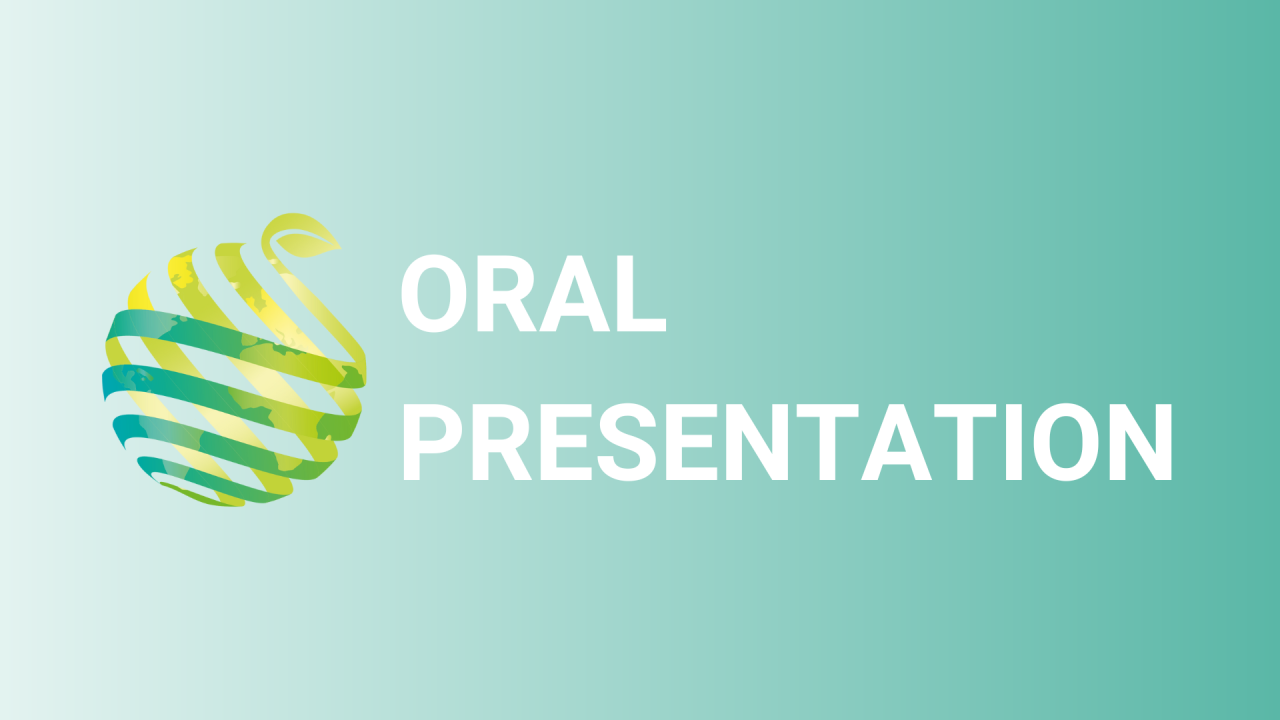

S01 - Session O8 - The genetic control of apple High Temperature Browning and its implication for crop resilience in a changing climate
Information
Authors: Ben Orcheski *, Elena López-Girona, Anna Tattersall, David Chagné, Frayja Elliott, Donald Hunter, Amanda Karlstrom, Richard Volz, Jason Johnston
Perishability of produce is a major factor in generating food waste. The expense (and often lack) of refrigeration in emerging markets, coupled with a warming climate, exacerbates the problem. Within the apple industry, reliance on a cold chain limits access to emerging markets while also contributing to global warming through energy usage. These issues can be addressed both by breeding cultivars that maintain freshness at ambient temperatures and by developing postharvest technologies that reduce the need for cold storage. Factors contributing to apple perishability include senescence, water loss, pathogen attack and storage disorders. 'PremA17,' bred by Plant & Food Research, is prone to developing a postharvest disorder called High Temperature Browning (HTB). HTB occurs when cold-stored fruit are placed immediately into high ambient temperature (~30°C). The resultant severe flesh browning makes the fruit unmarketable. We are investigating the genetic control of HTB. Over two seasons, HTB was phenotyped in 450 F 1 from three families, all having 'PremA17' as a mother. Segregation of HTB in progeny displays a clearly defined presence/absence, indicating a qualitative trait. We collected genome-wide single nucleotide polymorphism (SNP) data from parents and F 1 to map HTB onto the 'PremA17' genome. As a prelude to mapping, transcriptomic analysis of HTB-affected fruit has identified candidate genes. To trace the genetic source of HTB, we have phenotyped available ancestors going back three generations of the 'PremA17' pedigree. Understanding the genetic and physiological basis of HTB will support the development of HTB-resistant cultivars, and inform postharvest strategies to manage the disorder in susceptible cultivars. These are important steps towards addressing the challenge of delivering fresh produce globally without needing excessive refrigeration and packaging.